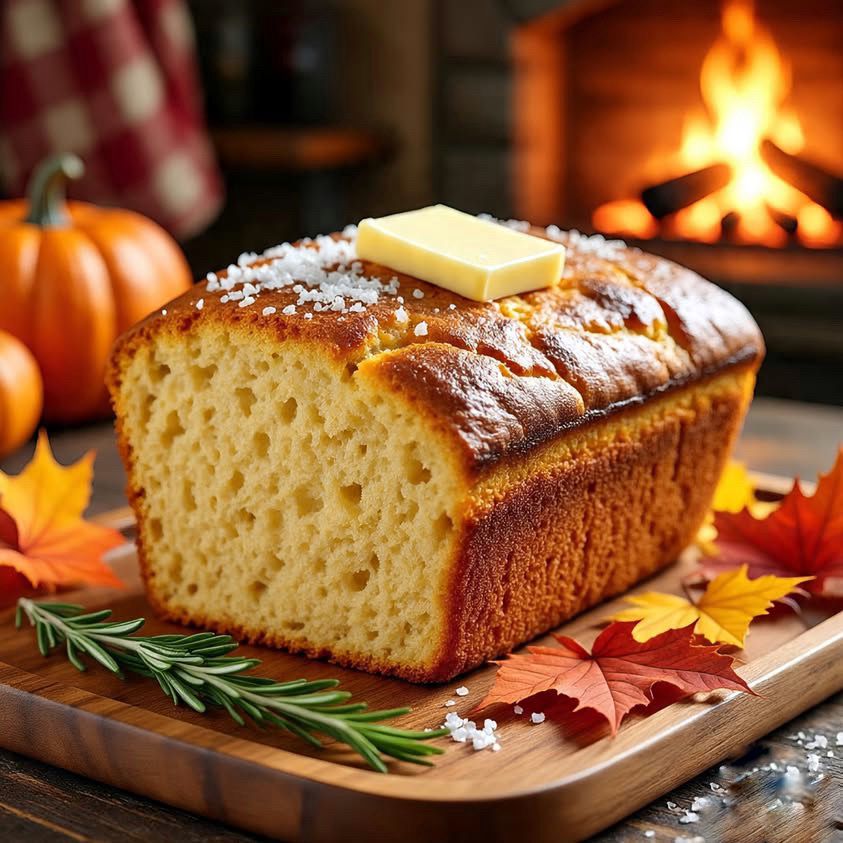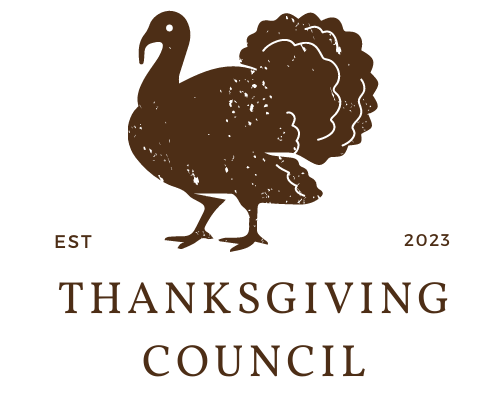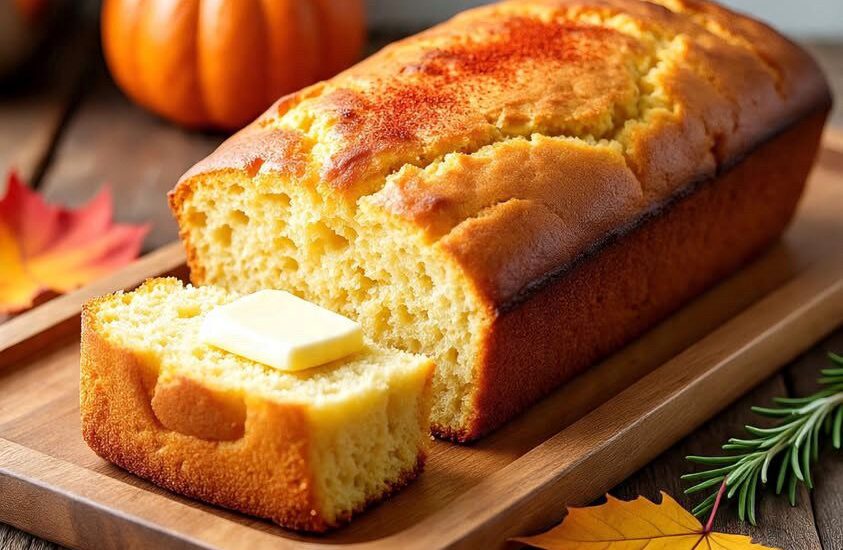Learn how to make perfect Southern-style cornbread for Thanksgiving with cast iron skillet tips, buttermilk secrets, and family-tested techniques. Growing up in my grandmother’s kitchen, the smell of cornbread baking was as much a part of Thanksgiving as the turkey itself. She had this way of making it look effortless, but I learned the hard way that perfect cornbread takes more than just dumping ingredients into a bowl. After years of dense disasters and crumbly catastrophes, I finally cracked the code to making thanksgiving cornbread that would make even the pickiest relatives ask for seconds.
The secret to amazing homemade cornbread starts with understanding what you want to achieve. Do you prefer the sweet, cake-like version that seems to dominate restaurant menus, or are you after that authentic Southern cornbread with its slightly gritty texture and savory bite? I have always been firmly in the latter camp, though I have learned to adjust my approach depending on who will be sitting around the dinner table.
Temperature control becomes absolutely crucial when making cornbread for thanksgiving dinner. Your oven needs to be properly preheated to 425 degrees Fahrenheit, and I mean really preheated. Give it at least twenty minutes to reach that temperature and stabilize. Meanwhile, this is the perfect time to get your cast iron skillet heating up too. Yes, you absolutely need a cast iron skillet for this. I tried making cornbread in regular baking pans for years, and while it was edible, it never had that beautiful golden crust that makes people stop mid-conversation to compliment your cooking.
The cornmeal ratio makes or breaks your final product. I use a combination of fine and medium-ground cornmeal, usually leaning toward a 2:1 ratio favoring the medium grind. This gives you texture without making the cornbread feel like you are eating sand. White cornmeal tends to produce a more delicate flavor, while yellow cornmeal brings that classic corn taste most people expect from thanksgiving cornbread recipes.

When it comes to the wet ingredients, buttermilk reigns supreme. Regular milk will work in a pinch, but buttermilk adds that slight tang that balances beautifully with the corn’s natural sweetness. I learned this lesson during one particularly memorable Thanksgiving when I ran out of buttermilk and thought regular milk would be fine. The cornbread was bland, and my aunt Helen made sure everyone knew it was not up to family standards.
The mixing technique separates amateur bakers from those who consistently produce restaurant-quality cornbread. You want to combine your dry ingredients thoroughly first – cornmeal, flour, baking powder, salt, and just a touch of sugar if you are making sweet cornbread. In a separate bowl, whisk together your buttermilk, eggs, and melted butter. Then comes the crucial part: fold the wet ingredients into the dry ingredients with just enough stirring to bring everything together. Overmixing develops the gluten in the flour, resulting in tough, chewy cornbread instead of the tender crumb you are after.
Timing your cornbread preparation with the rest of your thanksgiving menu requires some strategic thinking. I typically start my cornbread about forty-five minutes before we plan to sit down for dinner. This gives me time to mix the batter, get it in the oven, and have it come out warm but not scorching hot when we are ready to eat. Nothing beats passing around a cast iron skillet of golden cornbread that is still warm enough to melt butter on contact.

The visual cues for perfectly baked cornbread are more reliable than any timer. Look for a deep golden-brown top that springs back lightly when touched. The edges should be pulling away slightly from the sides of the pan, and a toothpick inserted in the center should come out with just a few moist crumbs clinging to it. If you see wet batter, give it another five minutes and check again.
Serving your thanksgiving cornbread properly enhances the entire dining experience. I cut it into wedges right in the cast iron skillet and serve it that way, letting people take pieces directly from the pan. The residual heat from the iron keeps the cornbread warm throughout the meal, and honestly, there is something rustic and inviting about that presentation that fancy serving dishes just cannot match.
The best part about mastering cornbread technique is how it elevates your entire Thanksgiving spread. Good cornbread soaks up gravies beautifully, provides the perfect vehicle for leftover cranberry sauce, and gives your guests something to nibble on while you are putting finishing touches on other dishes. Plus, once you nail down your perfect cornbread recipe, you have a reliable side dish that works for everything from casual weeknight dinners to holiday entertaining.
After all these years of perfecting my approach, I can honestly say that great cornbread is not about following a recipe blindly. It is about understanding your ingredients, respecting your tools, and developing the confidence to trust your instincts when something looks or feels right in the kitchen.
Reference
Journal of Food Science – Studies on cornmeal processing and nutritional content
Food Chemistry – Research on Maillard reactions in baked goods and crust formation
Cereal Chemistry – Academic papers on corn varieties and their baking properties

